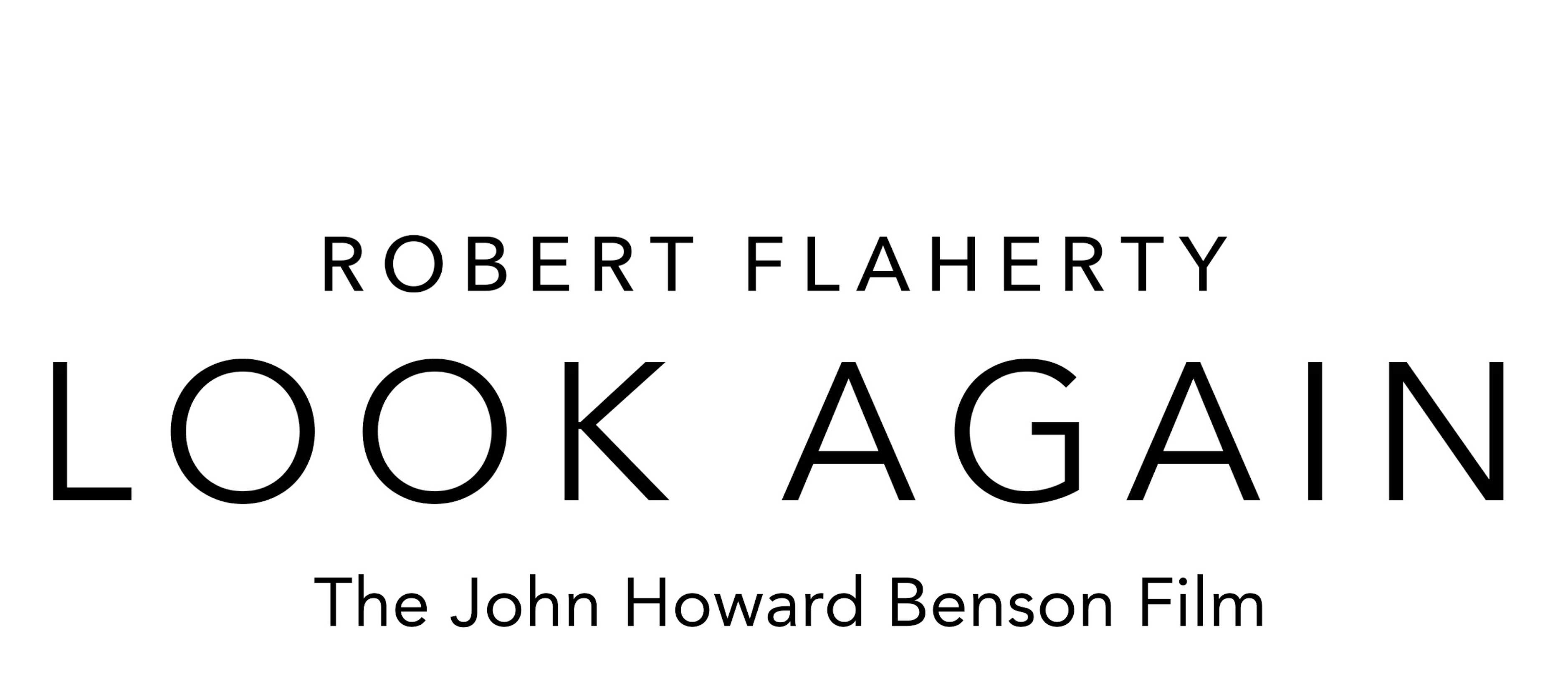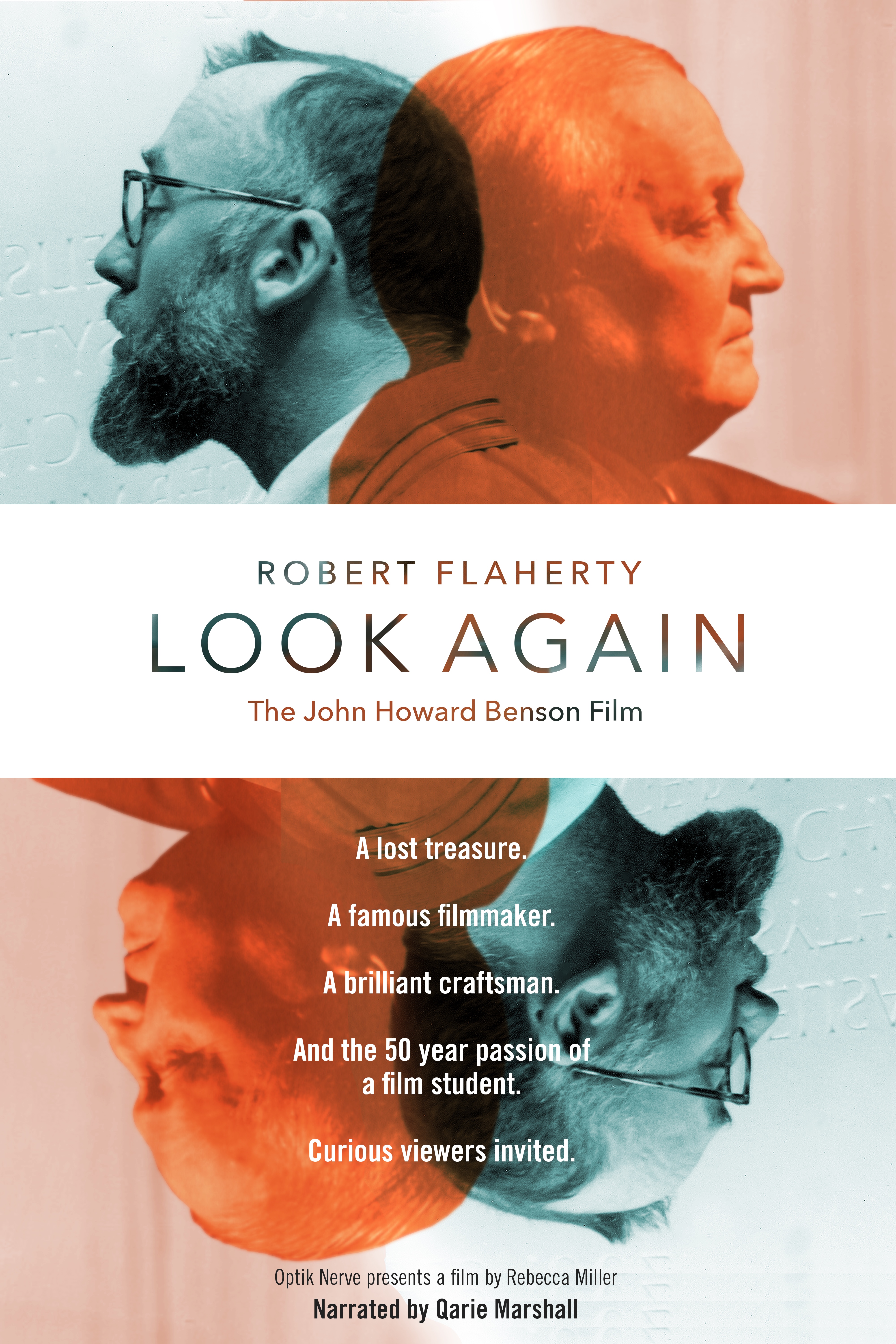
By filmmaker Rebecca Miller
ROBERT FLAHERTY LOOK AGAIN tackles the myth of the great father of the documentary film by examining the project started in 1944 to create a film about the brilliant artist John Howard Benson. It’s hard to imagine greater opposites in front and behind the camera than Benson and Flaherty. The new 30+ minute film is a lively and surprising look at the two artists and the clash of expectations.
What happened to this project? I peel back the layers on this story with the never-before-seen Flaherty footage, interviews I conducted in 1978 with filmmaker Richard Leacock, Mrs. John Howard Benson, and others, to make ROBERT FLAHERTY LOOK AGAIN into high-impact archival storytelling.
We ask the curious viewer to take a look, and then look again.
I like to make high-impact films with fast editing, bold graphics, and surprising music. Robert Flaherty's films, edited with a mostly slow silent style, represent the opposite of my editing approach.
Several people have asked me if I recreated the editing of the original Flaherty film. I did not. It's actually impossible to do, as Flaherty did not record enough material to fulfill his vision of a film that shows Benson's traditional life.
I wanted to make something new, a film about a film, and for this program to take a fresh look at the Flaherty-Benson project. A program that goes many places. I want the viewer to say the film was not what they expected.

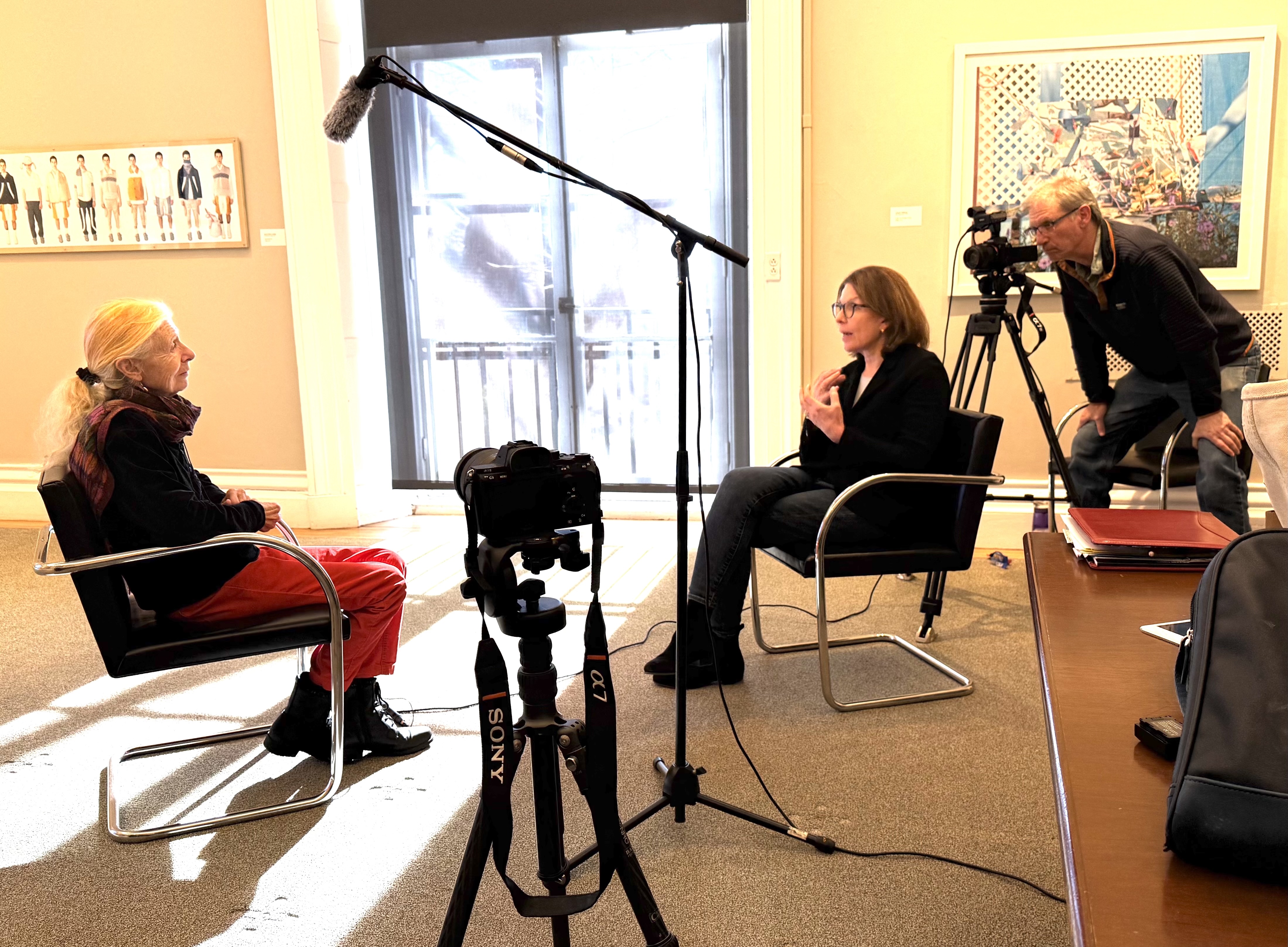
ROBERT FLAHERTY LOOK AGAIN: The John Howard Benson Film, is my new vision for the Flaherty-Benson project. I could not have created this film when I was 22 years old in 1978. I had not the directing experience, the animation skills, the editing style, the music knowledge, nor the ability to wrestle form and content. This is a far better film than I could have made as a student, which would surely have been a stale telling of the story with little color or engagement.
This new documentary is designed to take a bigger, more informative approach to the content, that puts the Flaherty-Benson project in perspective and context. I want to make the matters of the project more interesting to the viewer, the audience in 2025. It’s about artists after all. Watching calligraphy being slowly written may be good for 10 seconds on screen, but after that the audience is looking for the exits--the viewer has a short attention span. I used some aggressive editing to propel the story, fluid mixing of film materials produced over different decades, and I included the sprockets and film edge detail from the Flaherty material, as I thought it gave the film a funky, contemporary look.
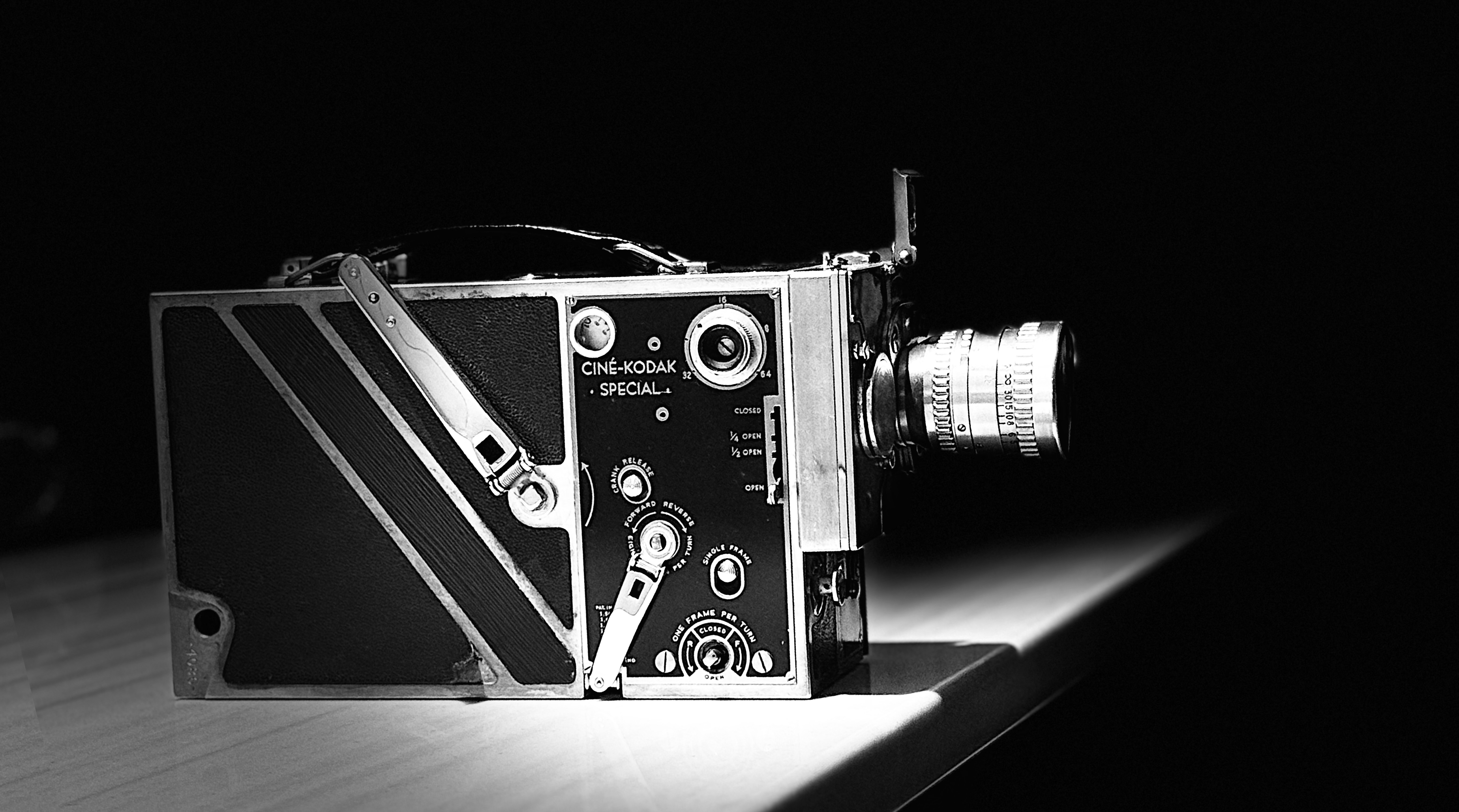
For the Benson film, Flaherty rented a Kodak ciné-special camera from Claus Gelotte, a film rental house in Boston. Many invoices tell the story, with the gear rented to “Mr. Flaherty”, the film rolls purchased, editing equipment and rewinds rented. The Benson film was shot on black and white, 16mm double perf reversal stock. He likely used 15,000 feet of film which, if planned for a 30 minute film, would be a shooting ratio of 13:1.
I wanted to use a Ciné-Kodak Special in my film ROBERT FLAHERTY LOOK AGAIN to add visual texture. After weeks of searching for one I could borrow, and finding only cameras for sale over $1,000, I found one on eBay I could purchase for $150. It arrived a few days later in a velvet lined suitcase and it was in very good shape. Our friend, Charlie Slatkin, who appears in the movie, is a pro with old cameras. He quickly got the spring-wound camera running and you can hear the clack-clack as a sound effect.
Flaherty recorded the Benson film without sound. Why? One reason is that the camera was too noisy. The scratch of the calligraphy pen and the tap-tap of the hammer and chisel would have added so much depth to the footage. I add these sound effects in a few spots but Flaherty never recorded any sound for the project. The technology for sound recording on location was very poor in the mid-1940s.
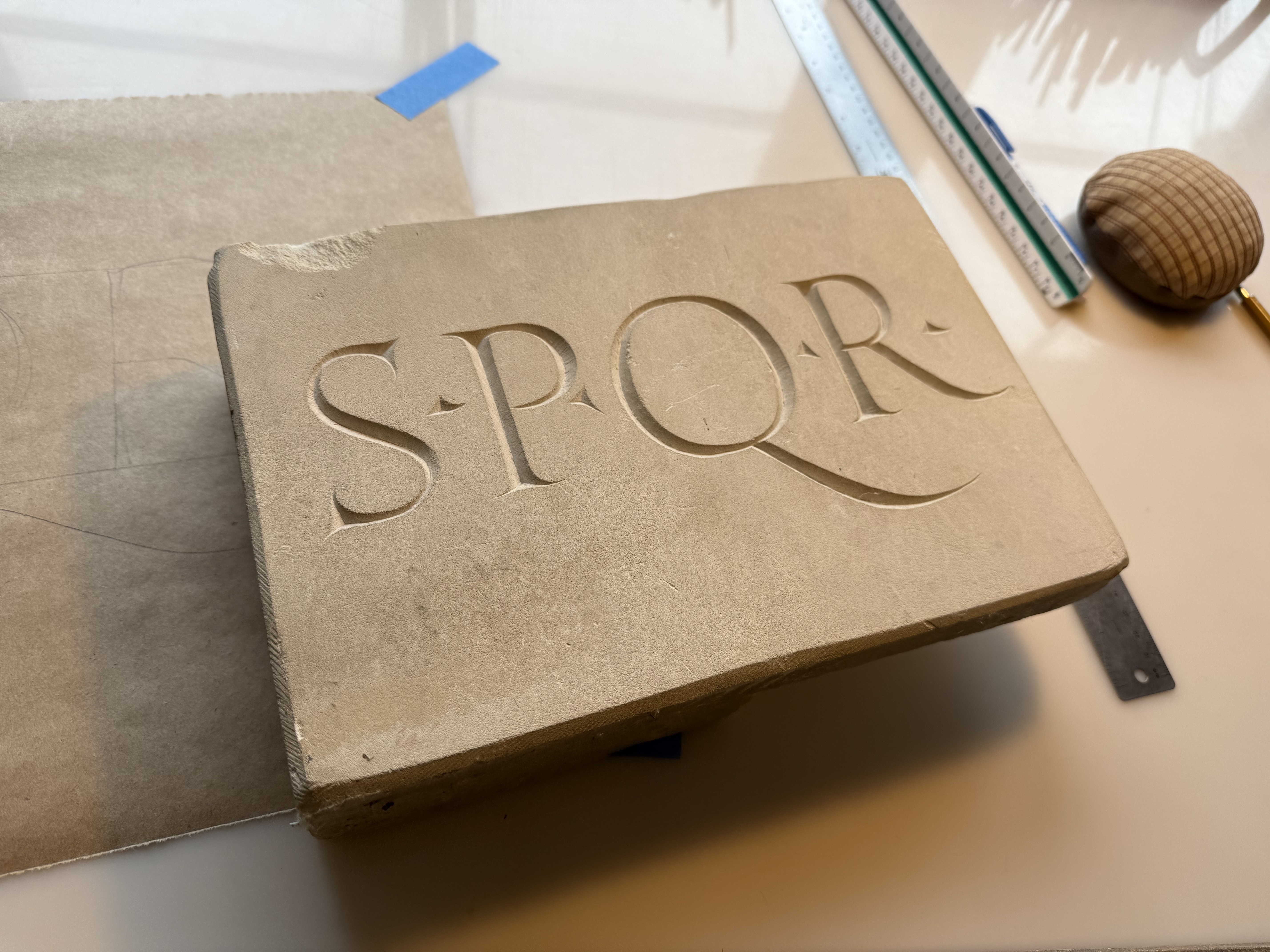
In Latin Senatus Populus que Romanus means The Senate and the People of Rome. It refers to the government of the ancient Roman Republic. It is still used as an official emblem of the modern-day municipality of Rome. Letter designers and carvers use the four letters as they have the most curves of any in the alphabet and are the most difficult to write and carve. It also links their craft to the Roman letter style.
The beautiful stone seen here is the one John Howard Benson carved for Flaherty's camera. Nick Benson found it in the John Stevens Shop and we recorded him brushing off the stone. I later discovered a Flaherty shot of his grandfather brushing off the same stone and edited them together.
The Flaherty-Benson footage contained several different vintage countdowns that were edited in before the footage. I think they are graphically interesting and contain all sorts of surprises. As ROBERT FLAHERTY LOOK AGAIN is a new film about an old film, I decided that the countdowns were a nice part of the visual material from the vault. The countdown I use here came from the NBC Special Projects Unit in the mid-1950s and I especially like the way that words like SUBJECT were flashed on upside down and backwards. I enhanced some of the black and white material with color motion graphics. Look for the word QUILL written into the leader.
The countdown, especially the Academy Leader (which starts at 11 and ends at 3), helps projectionists synchronize the film with the projector. This is crucial when switching between film reels, ensuring a smooth and continuous viewing experience.
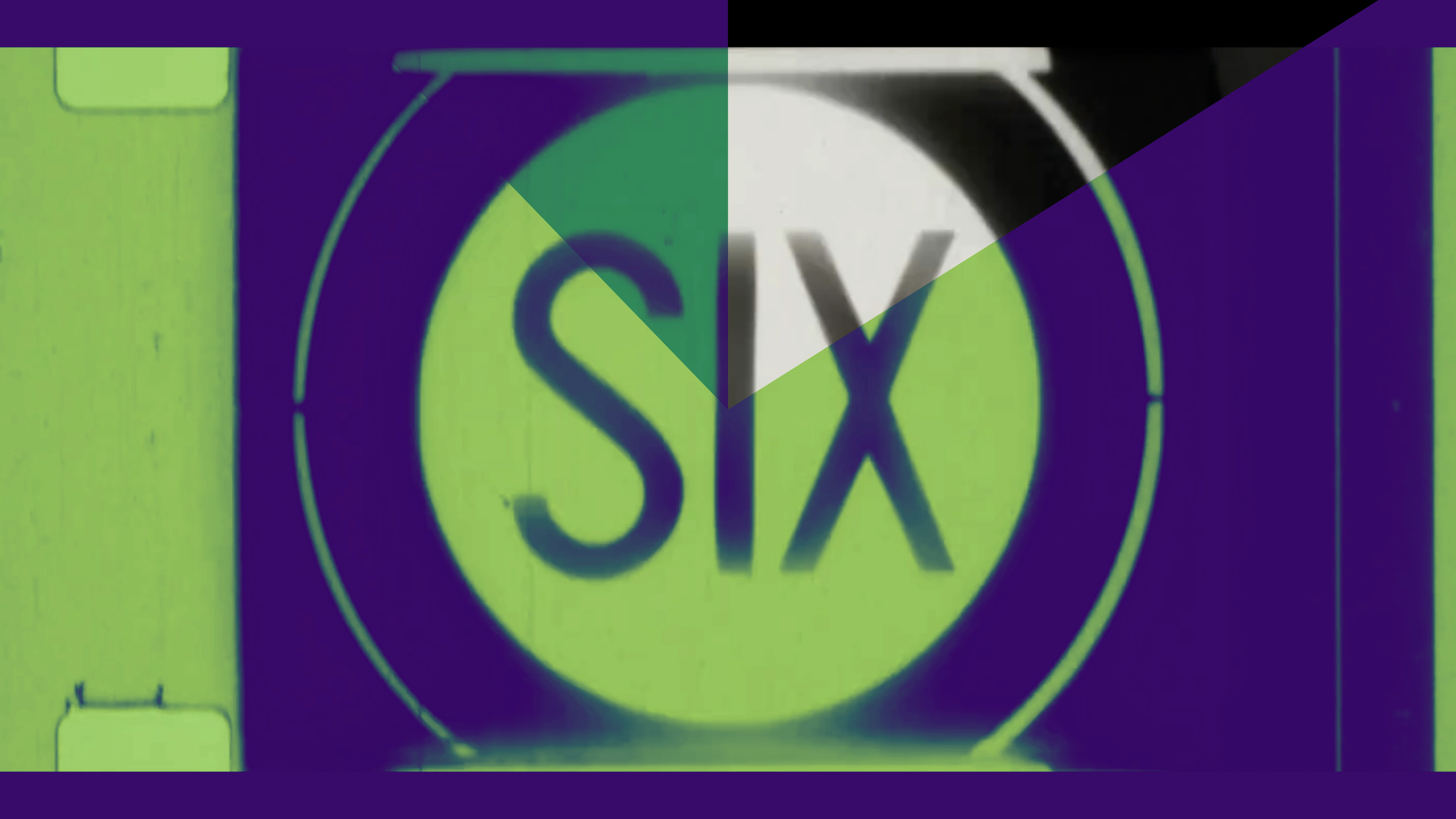
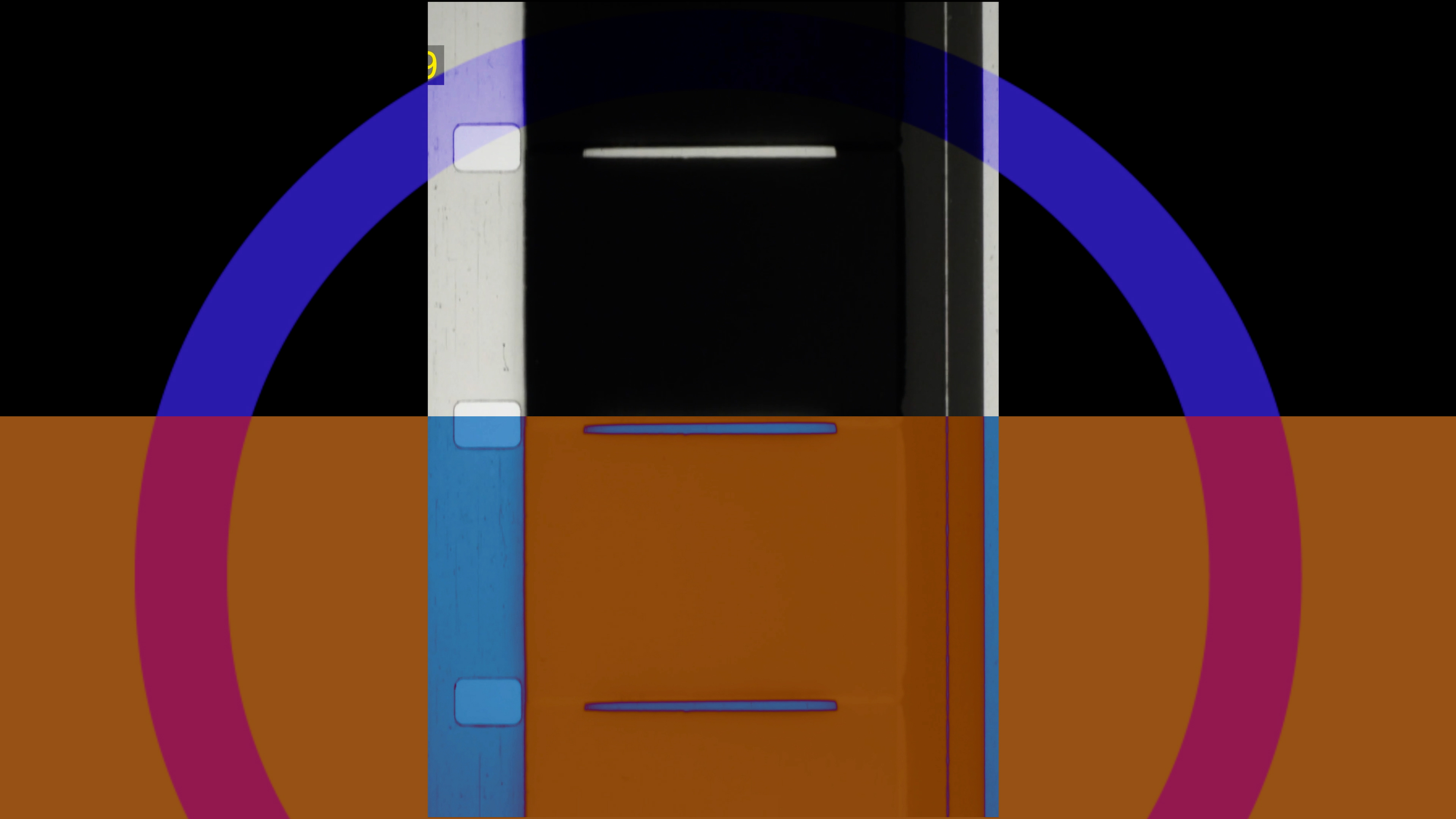

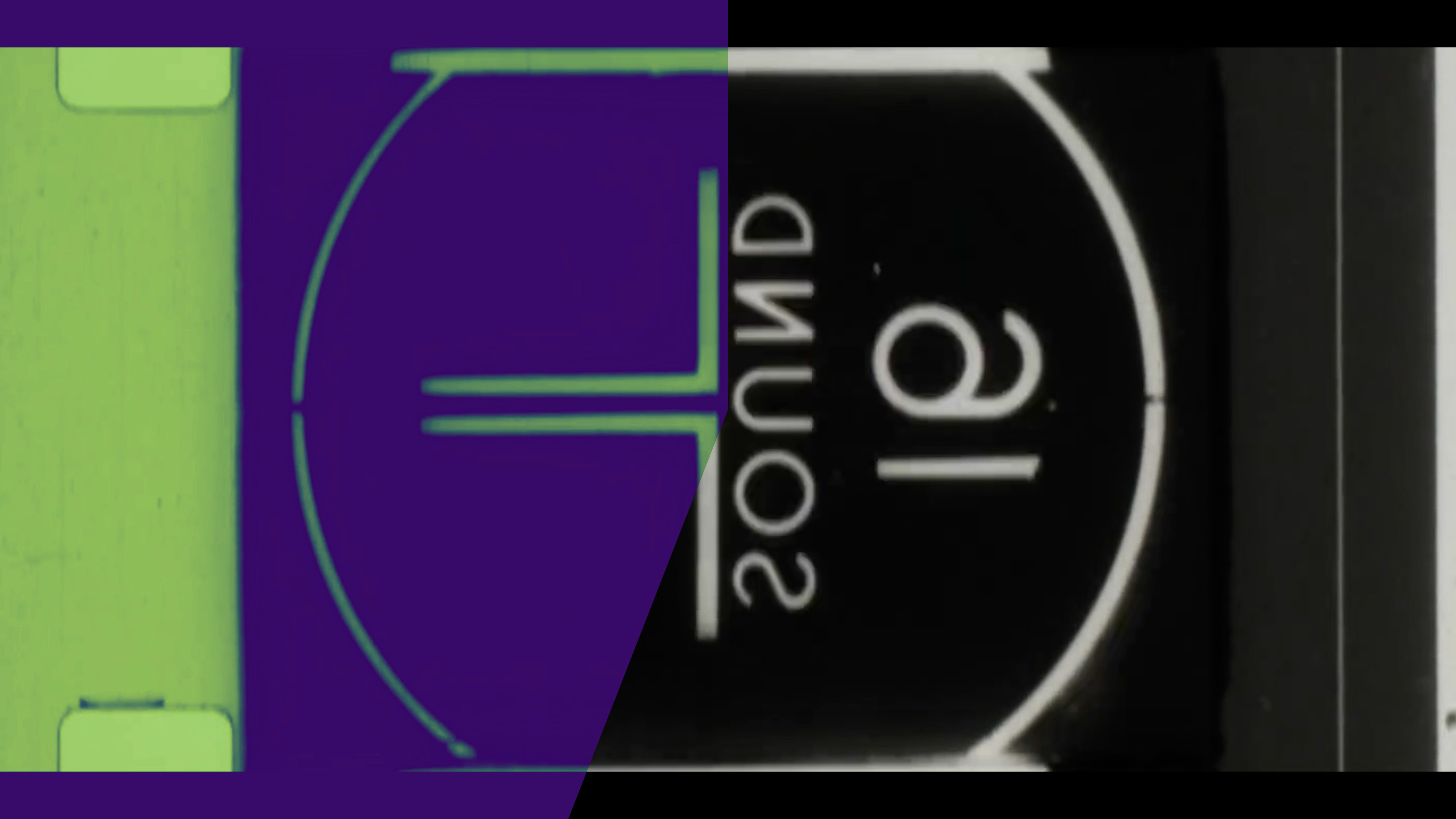
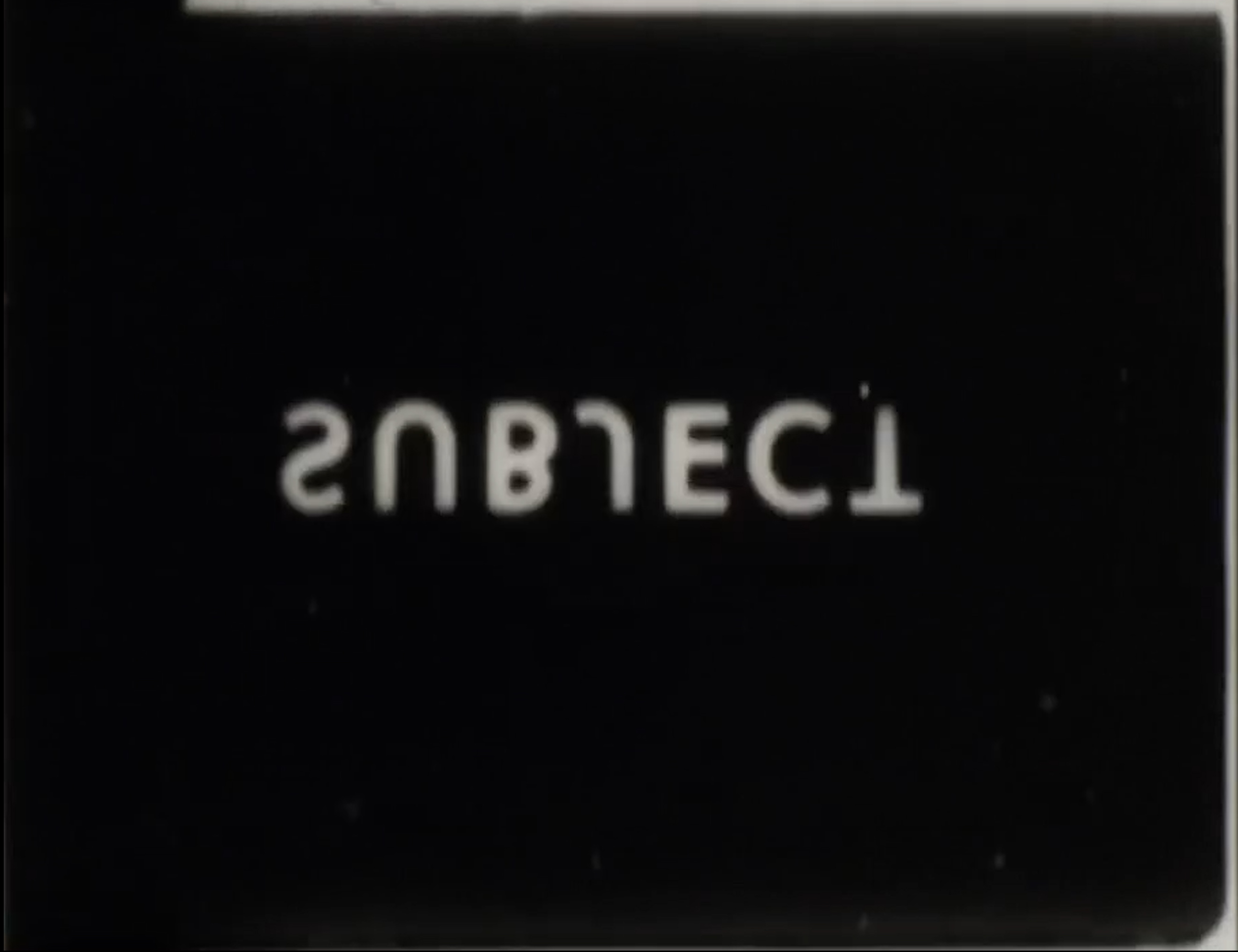
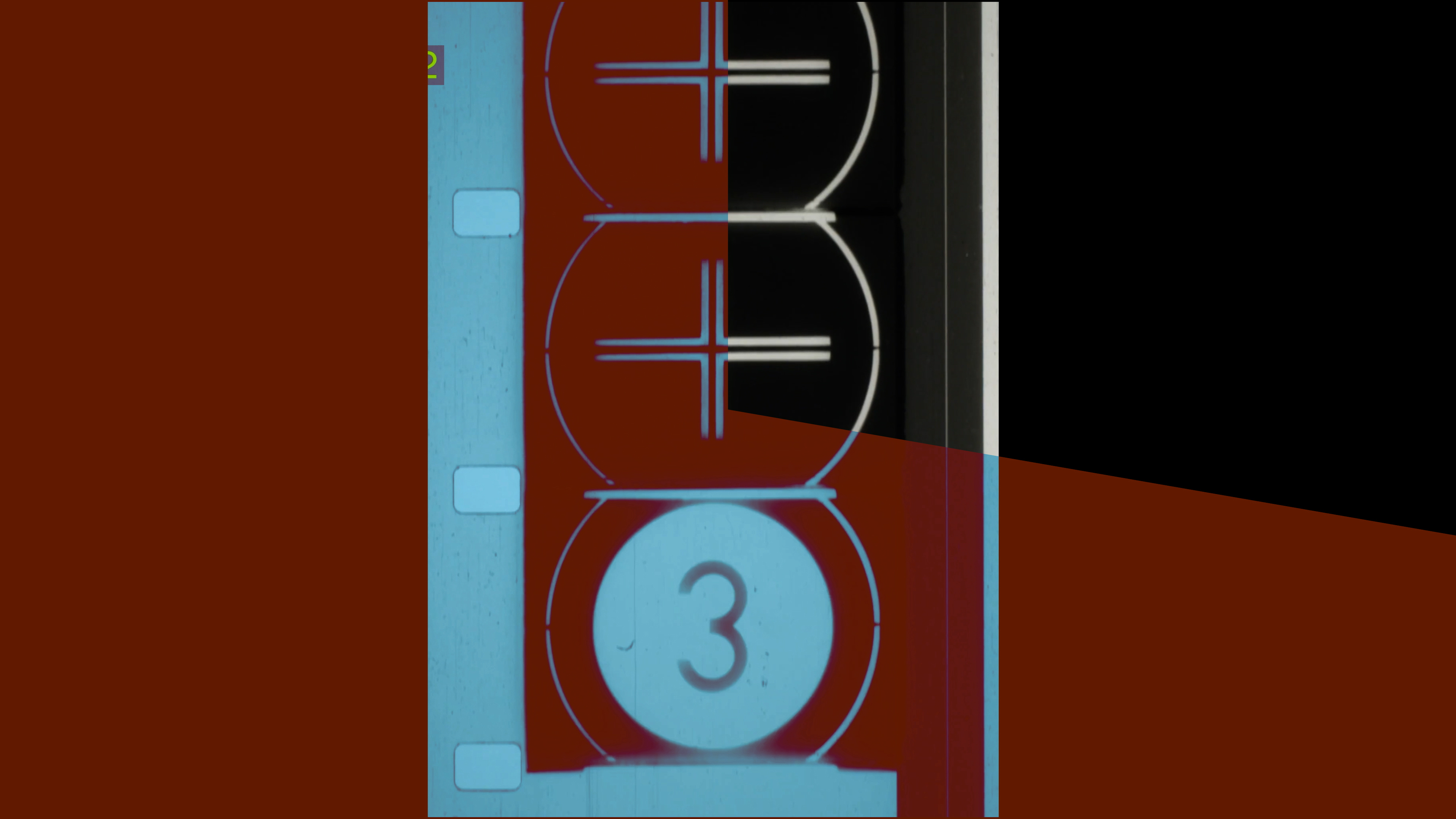
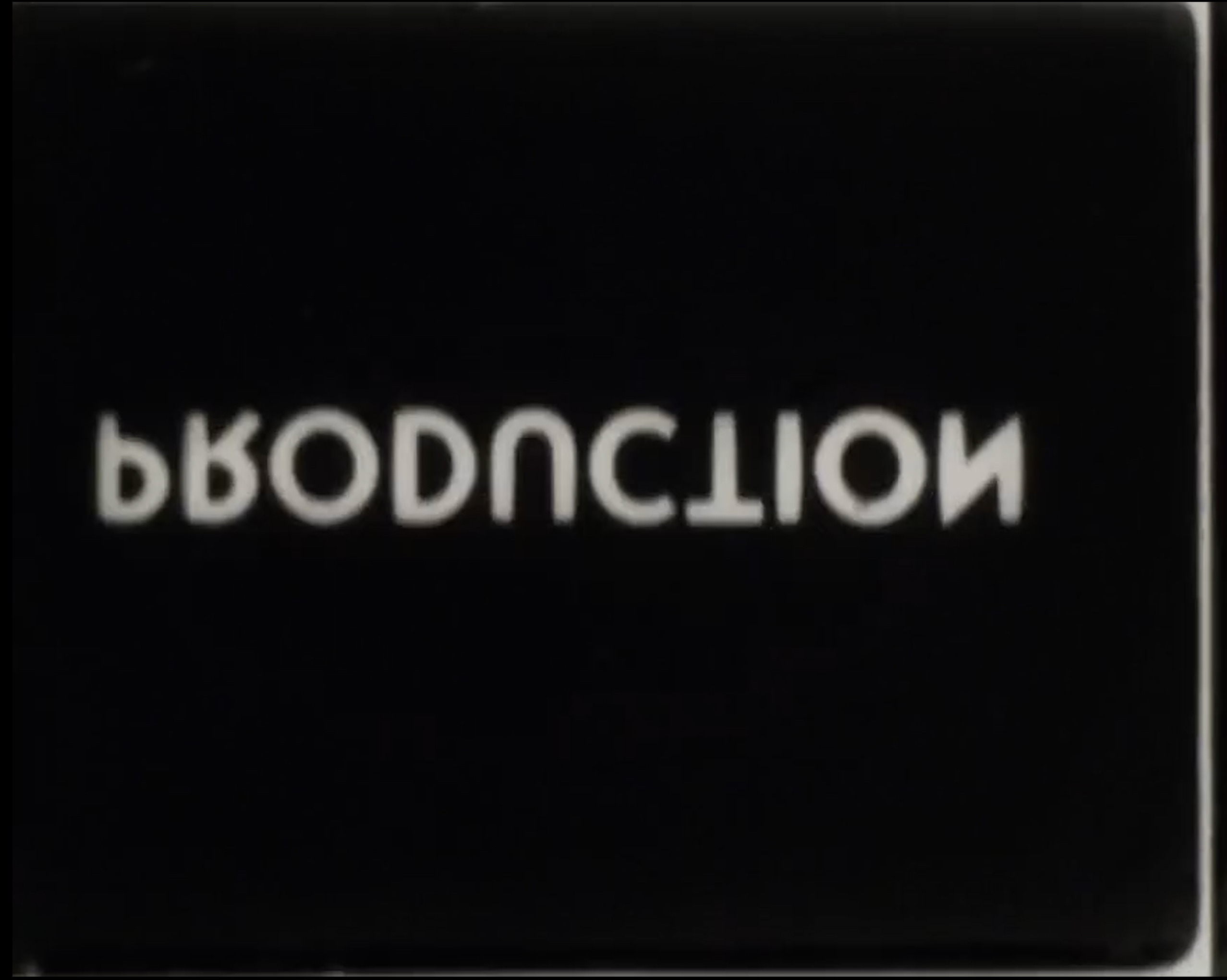
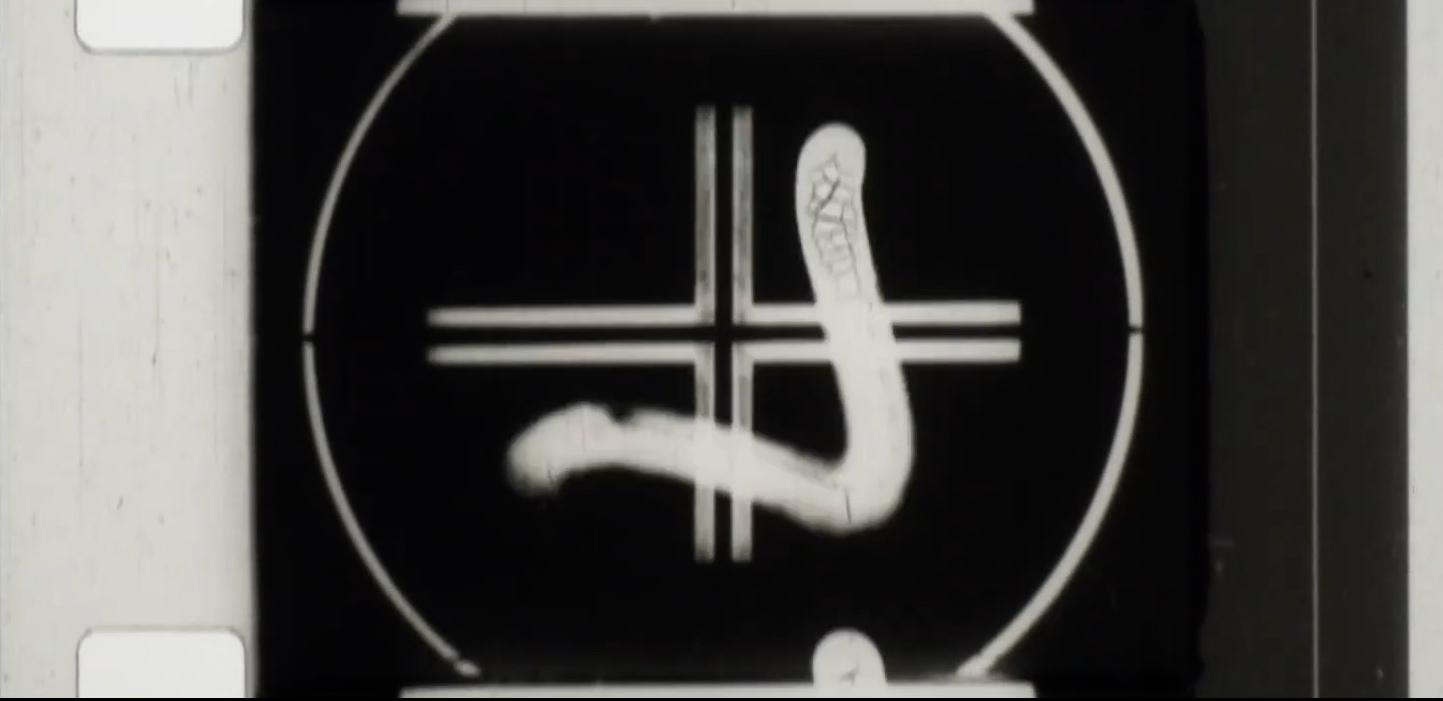

ROBERT FLAHERTY LOOK AGAIN was produced by the production company Optik Nerve, Inc., Boston, Massachusetts.
Optik Nerve, Inc. works with academic institutions, corporations, organizations and creative agencies to drive positive change through persuasive communications. Our work is effective. We change perception, drive interest, raise money, and deliver better numbers. Our shows look different than the work of many others. We believe in creative solutions, good design, intriguing music choices, high impact editing, cool fonts, lots of animation and the power of good storytelling. We embrace content and drive programs to an emotional goal. We strive to make our shows compelling.Our clients value us as a rich source of ideas.
Our primary business is video production--which means we develop the creative, write scripts, shoot video, take photographs, design logos, create animation and edit with power and impact.
ROBERT FLAHERTY LOOK AGAIN is the first independent documentary produced by Optik Nerve--but it won't be the last.
Rhode Island School of Design Archive, Fleet Library at RISD
The team at the RISD Archive, Fleet Library at RISD, Margot McIlwain Nishimura, Dean of Libraries, Aliza Leventhal, Doug Doe, and Emma Hurst Metcalf, has given their support for this project and assisted me in many ways. They managed the professional digital transfers of many reels of film from 1978, generously offered me their time and expertise, and are handling the correspondence and my other research materials with a high level of professional preservation. RISD has also given me total access to the Flaherty footage, without restriction. This is the greatest gift of all.
Brown University, Department of Modern Culture and Media
Special thanks to Regina M. Longo, PhD, who with her students analyzed and recorded the entire pile of film related to the Flaherty-Benson project. They also produced the digitized transfers of the Flaherty footage. These film segments, with sprocket holes in different configurations, adds a dash of creative funk to ROBERT FLAHERTY LOOK AGAIN.
Regina also brought a special enthusiasm to the Flaherty-Benson project and encouraged her students to learn about the story behind the film.
Doug Feinburg, Director of Photography, Creative director
My friend for over forty years, Doug patiently helped me with this project from the first mess of an edit, through shooting interviews, comments on the trailer, technical help, and on and on. I will be forever grateful for his donated time.

